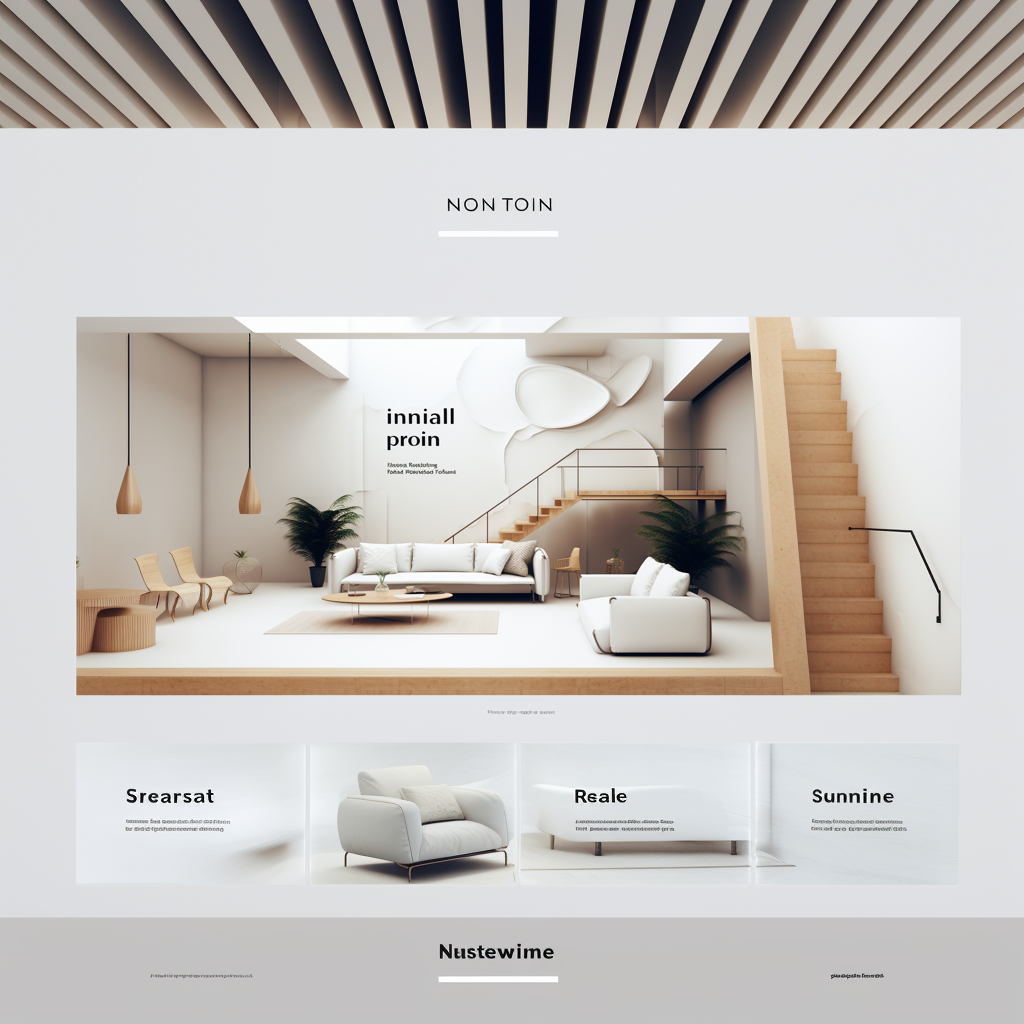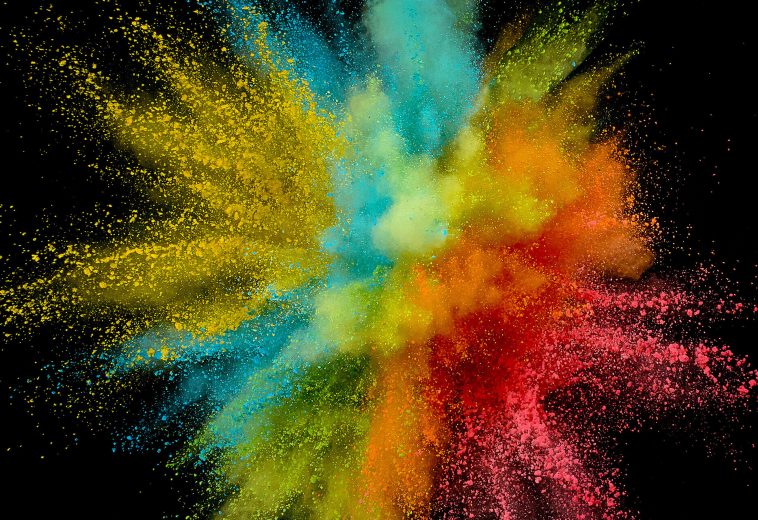In an era marked by unprecedented challenges across economic, political, and environmental fronts, the world of design is undergoing a profound transformation. The intricate interplay between these spheres has given rise to a collective desire for a cleaner, simpler, and more modern design approach. This shift is not merely an aesthetic preference; it’s a response to the pressing demands of our time.
Economic Evolution: Redefining Priorities
The global economic landscape has witnessed seismic shifts, with industries being reshaped and redefined by technological advancements and changing consumer behaviors. In this fast-paced, digital age, attention spans are shrinking, and consumers are seeking experiences that resonate on a deeper level. This reality has led to a demand for design that is streamlined, functional, and effortlessly intuitive.
Businesses are recognizing that an overload of visual noise can detract from the essence of their message. As a result, there’s a growing emphasis on minimalistic and purpose-driven design. Cluttered interfaces are being replaced by sleek, user-centric layouts that facilitate seamless interactions. This evolution reflects a conscious decision to prioritize the user’s experience and make design an enabler rather than an obstacle.
Political Dynamics: Embracing Inclusivity and Transparency
The socio-political landscape is marked by an increased emphasis on transparency, diversity, and inclusivity. Movements advocating for social justice and equality have pushed design to be more representative of the diverse tapestry of humanity. Designers are responding by adopting a clean and modern aesthetic that minimizes bias and emphasizes inclusivity.
Visual elements that once perpetuated stereotypes are being discarded in favor of designs that celebrate differences and foster unity. The modern approach eschews clutter and embraces clarity, ensuring that messages are conveyed with honesty and openness. As societies demand more accountability from institutions, design is stepping up as a powerful tool for conveying sincerity and building trust.
Environmental Imperatives: Sustainability as a Guiding Light
The urgent need to address environmental concerns has instigated a profound shift in design philosophy. Climate change, resource depletion, and habitat degradation have elevated sustainability to a core principle in design. The desire for cleaner, simpler, and more modern design is intrinsically linked to the imperative of minimizing our ecological footprint.
Materials, production processes, and product lifecycles are being scrutinized to ensure they align with sustainability goals. This has led to a preference for designs that are enduring, adaptable, and made with renewable resources. Minimalism is not just a visual trend; it’s a practical response to the need for efficient resource utilization and waste reduction.

A New Design Paradigm: Clean, Simple, and Modern
The confluence of economic, political, and environmental forces has propelled design towards a fresh paradigm – one that champions clean lines, simplicity, and modernity. This aesthetic is not only visually appealing but also strategically aligned with the demands of a complex world.
Designers are reimagining their roles as problem solvers, responding to the call for clarity, inclusivity, and sustainability. By embracing a clean, simple, and modern approach, they are crafting designs that cut through the noise, foster meaningful connections, and contribute to a more harmonious relationship between humans and the environment.
As we navigate the challenges of our time, the evolution of design stands as a testament to our ability to adapt, innovate, and create beauty in the face of adversity. The clean, simple, and modern design approach is a reflection of our shared aspiration for a world that is not just aesthetically pleasing, but also equitable, sustainable, and forward-looking.



